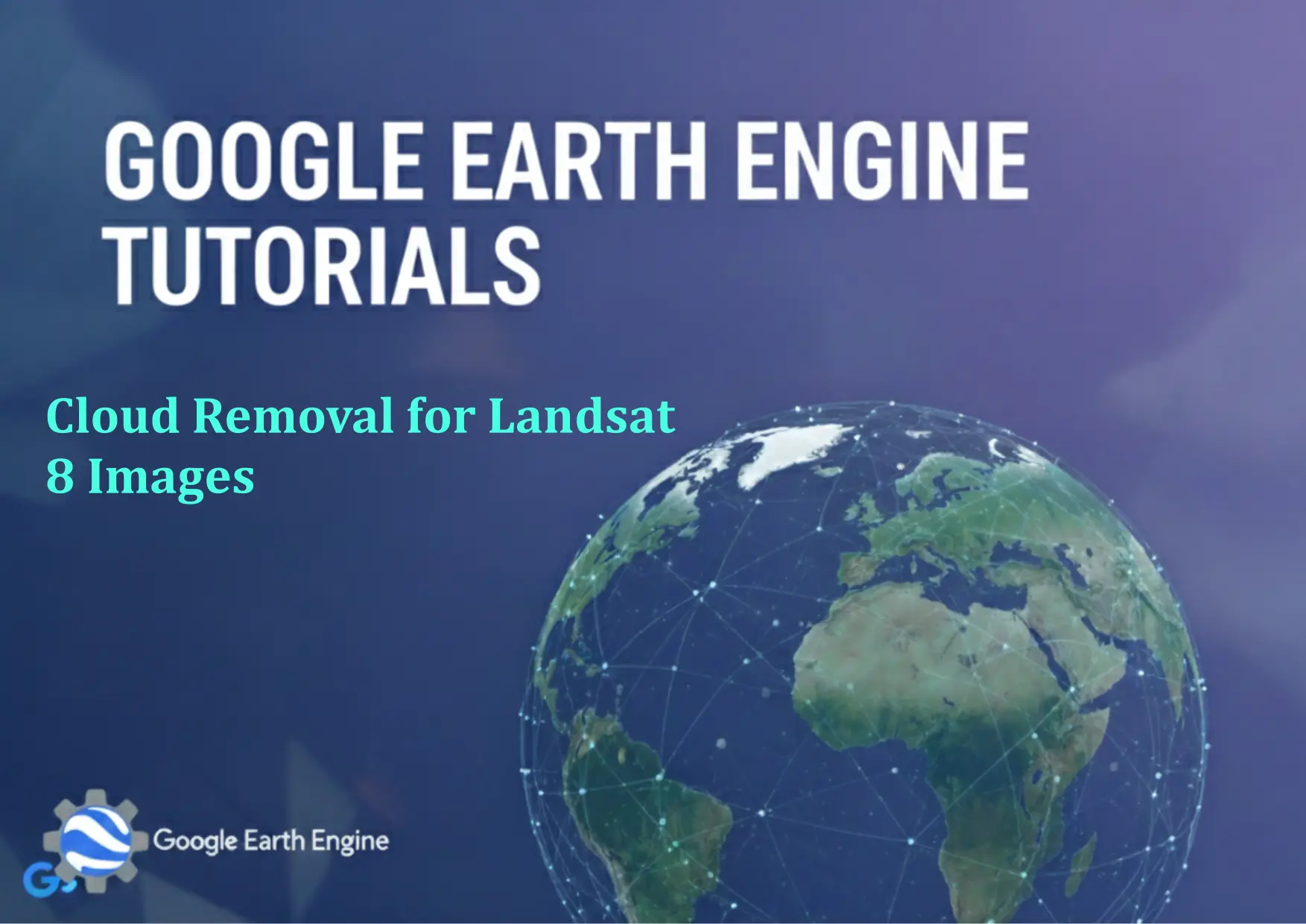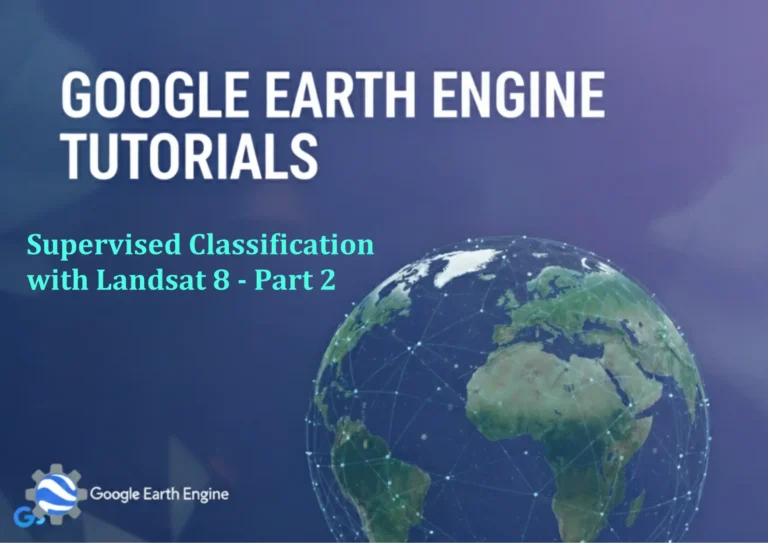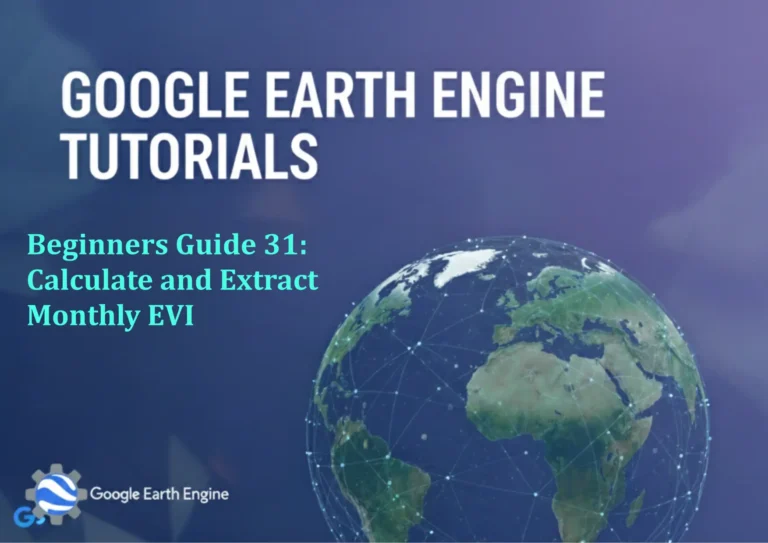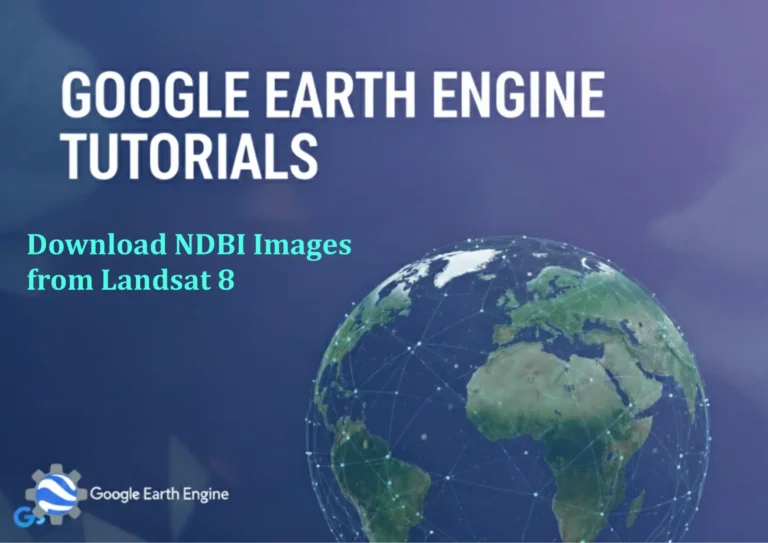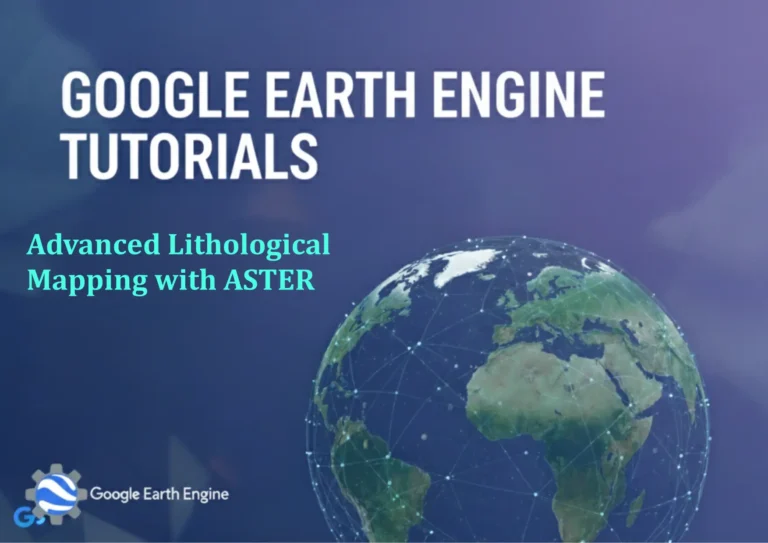Google Earth Engine Tutorial: Cloud Removal for Landsat 8 Images
Credit: Youtube Channel “Terra Spatial, Advanced tutorial on cloud removal techniques for Landsat 8 imagery using various algorithms.”
You can see all the tutorials from here: Techgeo Academy.
Introduction
Clouds in satellite imagery can obscure surface details and affect the accuracy of analysis. Google Earth Engine (GEE) provides an efficient platform to remove clouds from Landsat 8 images using built-in algorithms and datasets. This tutorial will guide you through the process of cloud removal for Landsat 8 surface reflectance imagery, enabling you to work with clear, usable data for your projects.
Tutorial: Cloud Removal for Landsat 8 in Google Earth Engine
1. Access Landsat 8 Surface Reflectance Dataset
Start by loading the Landsat 8 surface reflectance dataset using the ee.ImageCollection function. This dataset includes pre-processed imagery with top-of-atmosphere reflectance corrected for atmospheric effects.
2. Visualize the Image
Use the Map.addLayer() function to display the raw Landsat 8 image. Identify cloudy areas visually to understand the need for cloud removal.
3. Identify Clouds Using FMask Algorithm
FMask is a widely used algorithm for detecting clouds in Landsat 8 imagery. Load the FMask image or use a precomputed cloud mask from GEE’s dataset. For example:
var cloudMask = ee.Image('LANDSAT/LC08/C01/T1_SR').select(['SR_B.']).multiply(0.0000275).add(0.001).select(['cloud_mask']);
4. Apply Cloud Removal
Use the updateMask() function to mask out cloudy pixels. Combine this with a composite image to reduce temporal noise:
var composite = image.select('SR_B.').multiply(0.0000275).add(0.001).updateMask(cloudMask.eq(0));
5. Export the Result
Once the clouds are removed, export the processed image using Export.image.toDrive() or Export.image.toCloudStorage().
Key Considerations
– Ensure the cloud mask is appropriately applied to all bands for consistency.
– Choose the right temporal resolution for composites to minimize cloud cover.
– Use image.reduce(ee.Reducer.mean()) for time-series composites if needed.
– Verify the output with a visual check to ensure all clouds are masked correctly.
FAQ
Why is cloud removal important for Landsat 8 analysis?
Clouds can block the view of the Earth’s surface, leading to incomplete or inaccurate data. Removing clouds ensures clear visibility of land cover features for reliable analysis.
How does the FMask algorithm work?
FMask uses a combination of spectral, thermal, and temporal information to identify and classify clouds in Landsat 8 imagery. It is specifically designed for Landsat 7 and 8 data.
Are there other cloud removal methods in GEE?
Yes, methods like the qualityMasks() function, cloud score from SR_CLOUD_QA, or custom algorithms using machine learning can also be applied.
What if the FMask data is not available for my region?
You can manually define cloud mask thresholds based on reflectance values or use alternative tools like the landsat8_qa band to identify clouds.
How long does cloud removal take in GEE?
Processing time depends on the image size, computational load, and your network speed. Typically, it takes a few minutes, but larger regions may require more.

